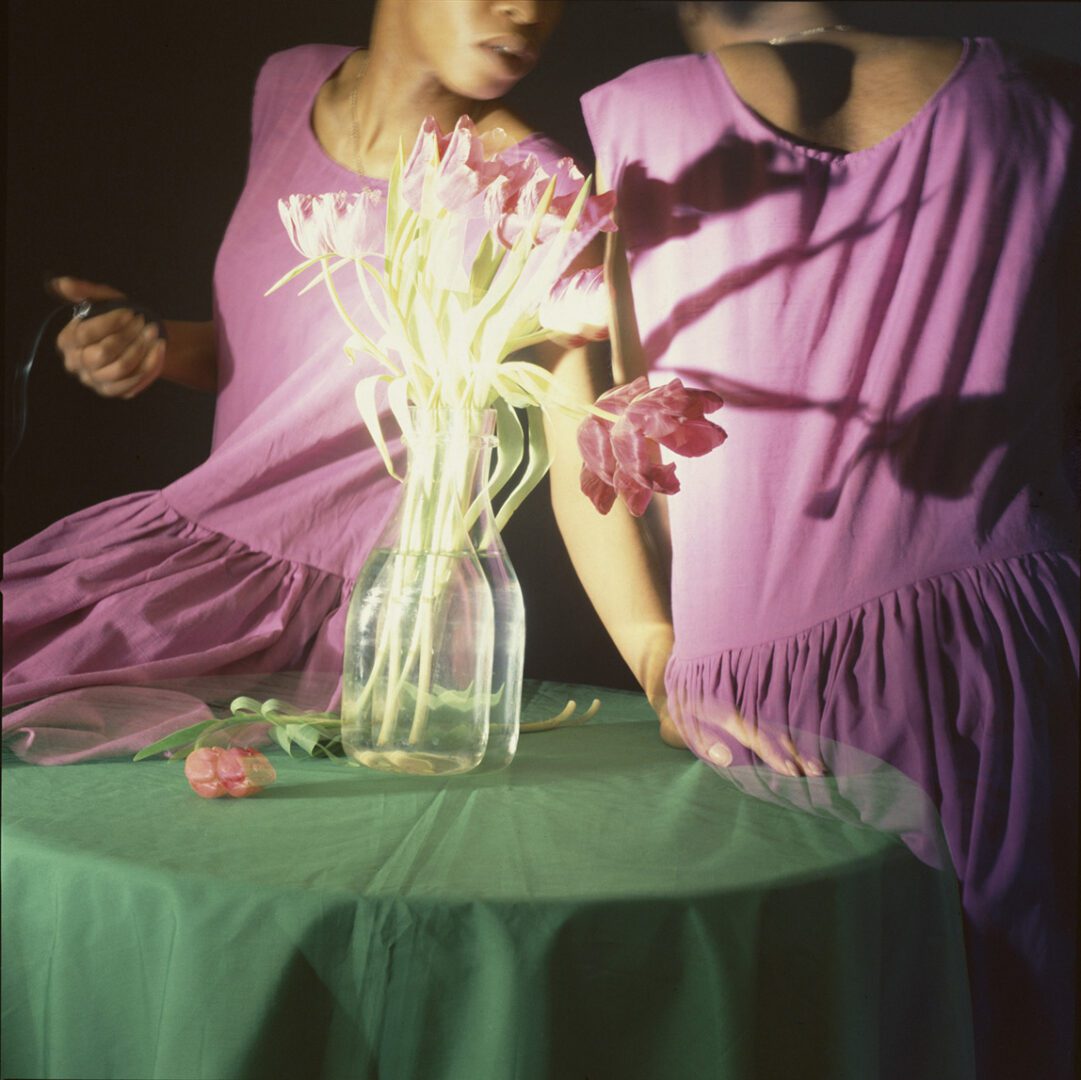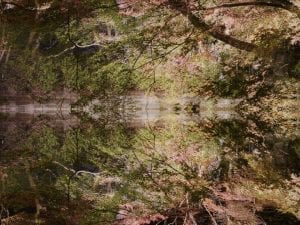We all know the story of Frieze – how it arrived with transformative force, reshaping the contemporary art world and establishing new benchmarks for how we see, experience and collect art. When the first issue of Frieze magazine was published in 1991, it challenged the conventions of criticism, amplifying voices that had long been on the periphery and championing a generation of creatives and thinkers ready to question, innovate and expand the possibilities of contemporary art. Twelve years later, in 2003, Frieze London extended that influence into a physical realm, creating a platform that would become central.
That same year, Aesthetica Magazine was also founded, marking a parallel commitment to documenting and promoting contemporary culture. Both initiatives emerged from a belief that ambition, curiosity and imagination could reshape cultural discourse. Over the years, this vision has evolved into a broader ecosystem – exemplified by the BAFTA–Qualifying Aesthetica Film Festival, which continues to showcase emerging voices whilst connecting artists, audiences and industry on an international stage. Frieze, too, opened doors for younger generations, demonstrating that vision combined with opportunity could redefine an entire sector. London, once one among many art capitals, was now an epicentre, its fairs a global reference point for collectors, curators and critics alike.
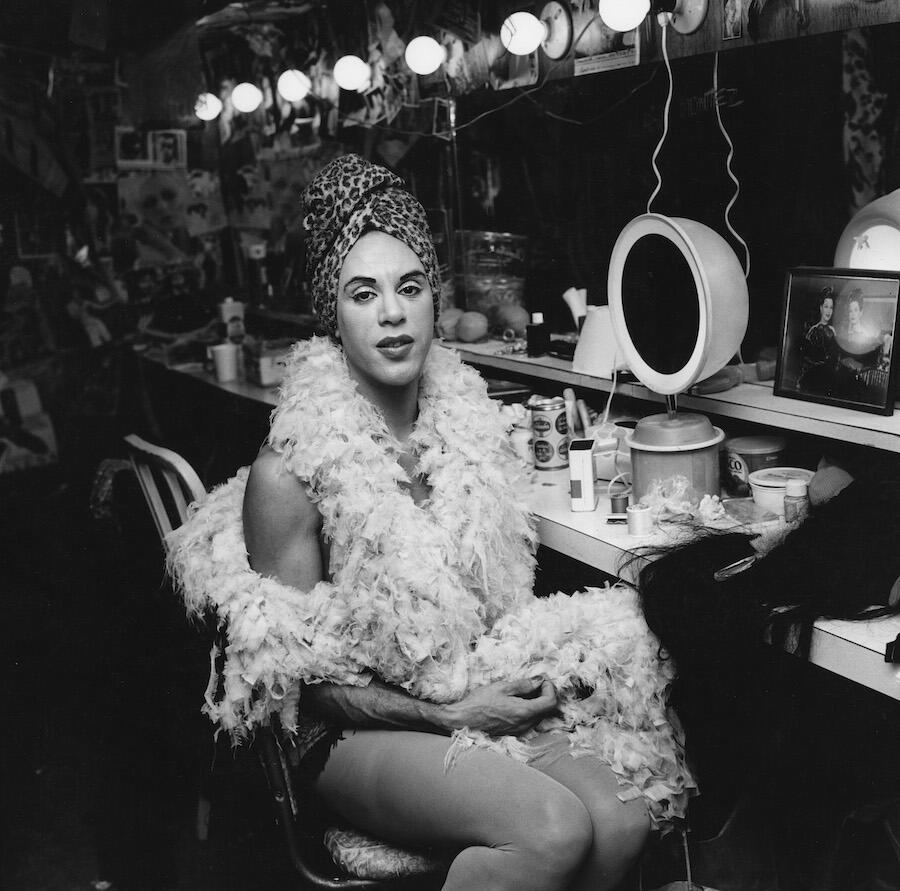
Frieze’s emergence did not happen in isolation. It is part of a wider movement that transformed art fairs from local marketplaces into global phenomena. Alongside Art Basel in Basel, Miami and Hong Kong, The Armory Show in New York and TEFAF in Maastricht, Frieze helped establish a new architecture for international contemporary art. These fairs are not only hubs of commerce – they are signposts, shaping taste, influencing acquisition patterns and amplifying the reach of artists across continents. They have created an ecosystem in which galleries, collectors, institutions and advisors operate in dialogue.
The influence of these fairs extends beyond their walls. They shape the rhythm of the global art calendar, inform museum acquisitions and provide platforms for emerging voices who might otherwise struggle to find recognition. Frieze, in particular, demonstrated that a fair could do more than facilitate sales – it could catalyse engagement and assert London’s place as a cultural capital on a par with New York and Basel.
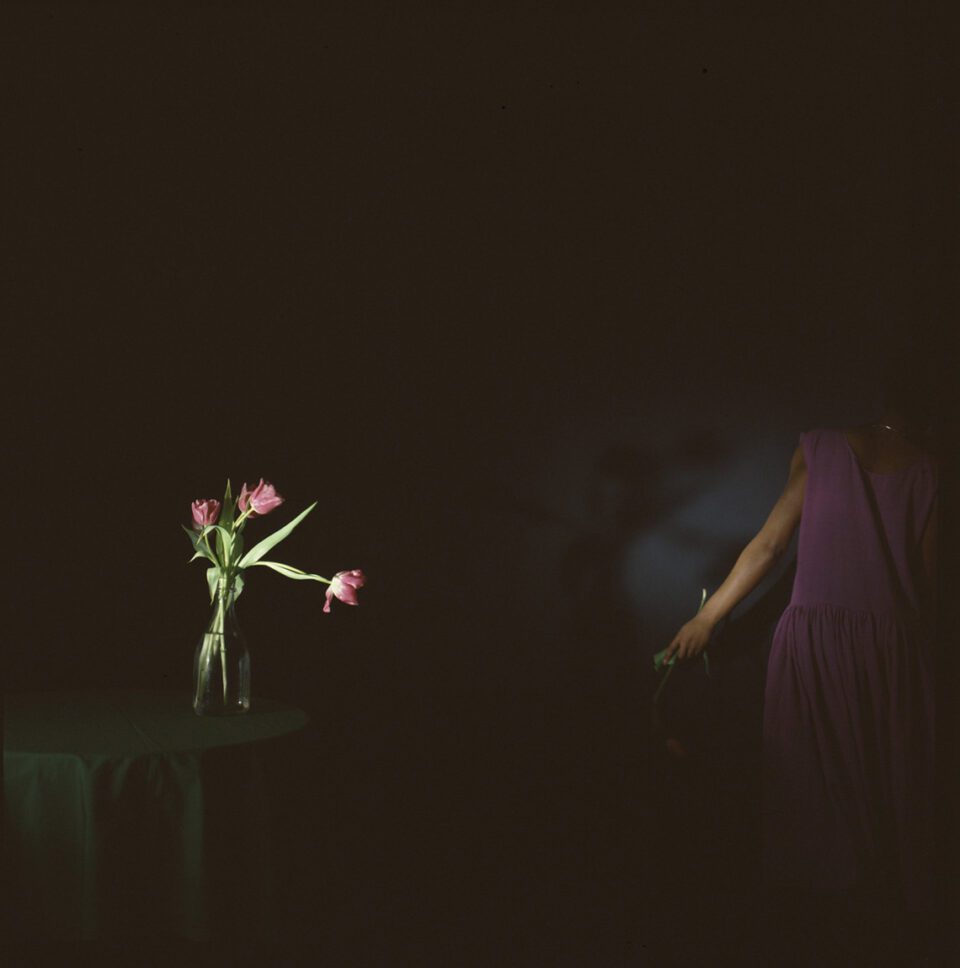
The intersection of art and commerce has always been central to Frieze’s identity. The fair functions as a marketplace, but also as a site of prestige and cultural authority. For galleries, participation signifies recognition; for artists, it offers visibility and access to collectors who can shape careers. Yet within this commercial framework, creativity is not compromised. Instead, the market becomes a mechanism through which influence is measured, debates are advanced, and networks are expanded. By consolidating collectors, curators and institutions in one place, Frieze helps determine which artists gain traction internationally. Auction houses follow the fair’s lead; museum exhibitions are informed by its discoveries; young artists see possibilities previously inaccessible. In this sense, Frieze operates as both an engine and a mirror – reflecting the state of contemporary art while propelling it forward.
Earlier this week, Frieze London and Frieze Masters opened, welcoming galleries, collectors and the public into Regent’s Park. The 2025 edition is a testament to the fair’s enduring influence, featuring more than 280 galleries from 45 countries, with 166 galleries in Frieze London and 123 in Frieze Masters. Many galleries participate in both, highlighting the conversation between contemporary and historical art. Frieze London continues to foreground ambitious programming. Curated sections such as Artist-to-Artist — where established artists nominate peers – create dialogue across generations, while Echoes in the Present, curated by Jareh Das, examines intergenerational connections between Brazil, Africa and the diaspora. The Focus section showcases emerging galleries and artists tackling pressing contemporary themes, from migration and conflict to environmental urgency and questions of identity.
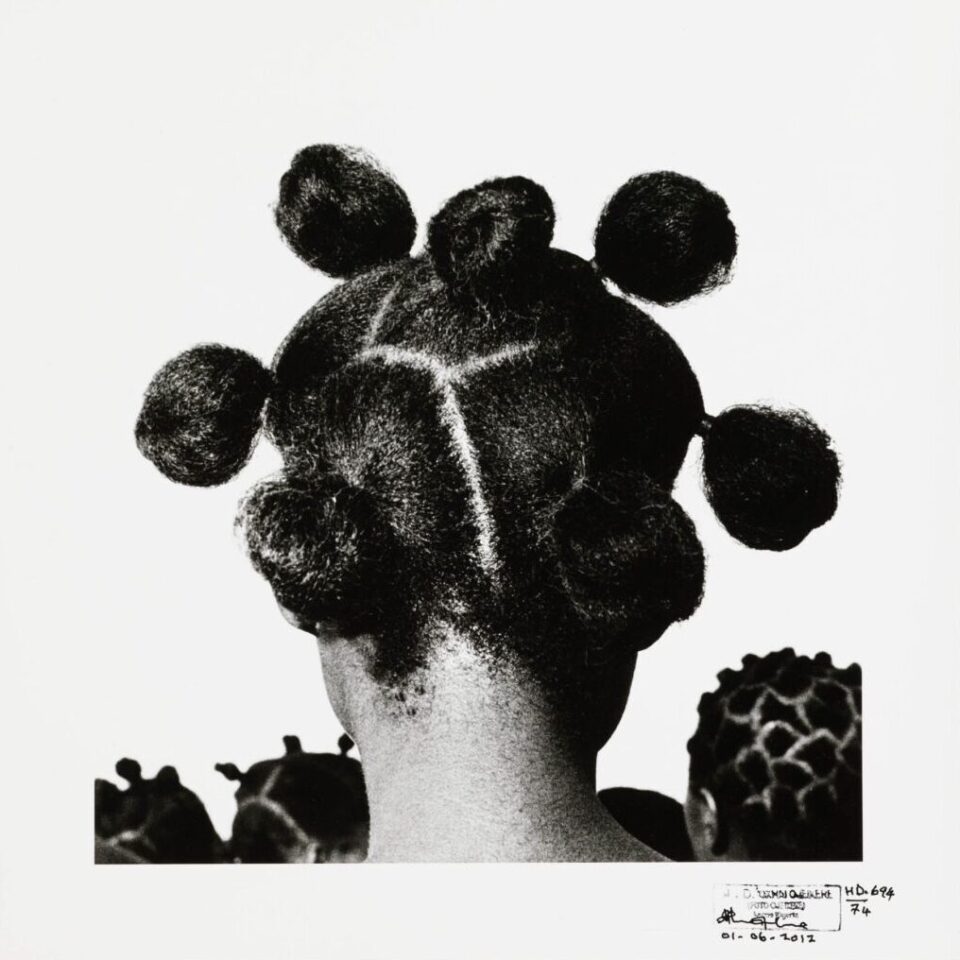
Frieze Masters, meanwhile, offers a historical counterpart, tracing art from antiquities to the 20th century. Highlights include rare Rubens panels, Ptolemaic reliefs and rediscoveries in its Spotlight and Studio sections. Under director Emanuela Tarizzo, the fair bridges historical depth with contemporary relevance, showing how the past informs present creative practices. Other initiatives underscore Frieze’s broader impact. The Young Generation Art Award, now in its second edition and backed by Degussa Goldhandel, rewards artists under 35, reinforcing Frieze’s commitment to supporting emerging voices. Non‑profit spaces such as Gasworks and Nottingham Contemporary benefit from free exhibition opportunities and acquisition funds, further demonstrating the fair’s role as a platform, not just a marketplace.
Frieze’s influence extends well beyond Regent’s Park. Galleries across London align their exhibitions with Frieze Week, creating a citywide network of events that span Mayfair, Fitzrovia, Shoreditch and South Kensington. Off‑site projects, pop‑ups and curated gallery trails transform the city into an immersive experience, where art infiltrates everyday life and every corner becomes a site of discovery. The fair sets in motion waves of activity that energise galleries, museums and public spaces alike. For visitors this weekend, there are countless ways to engage. Frieze Sculpture continues to animate the English Gardens, offering large-scale works in conversation with nature. Inside the fair, curated sections invite reflection on pressing global themes, while Frieze Masters allows for a considered journey through history. Beyond the park, Tate Modern’s Nigerian Modernism complements the fair’s global perspectives, and nearby galleries host evening openings and experimental installations. Curated tours, talks and performances animate both fairs, underscoring Frieze’s role as a cultural rather than purely commercial platform.
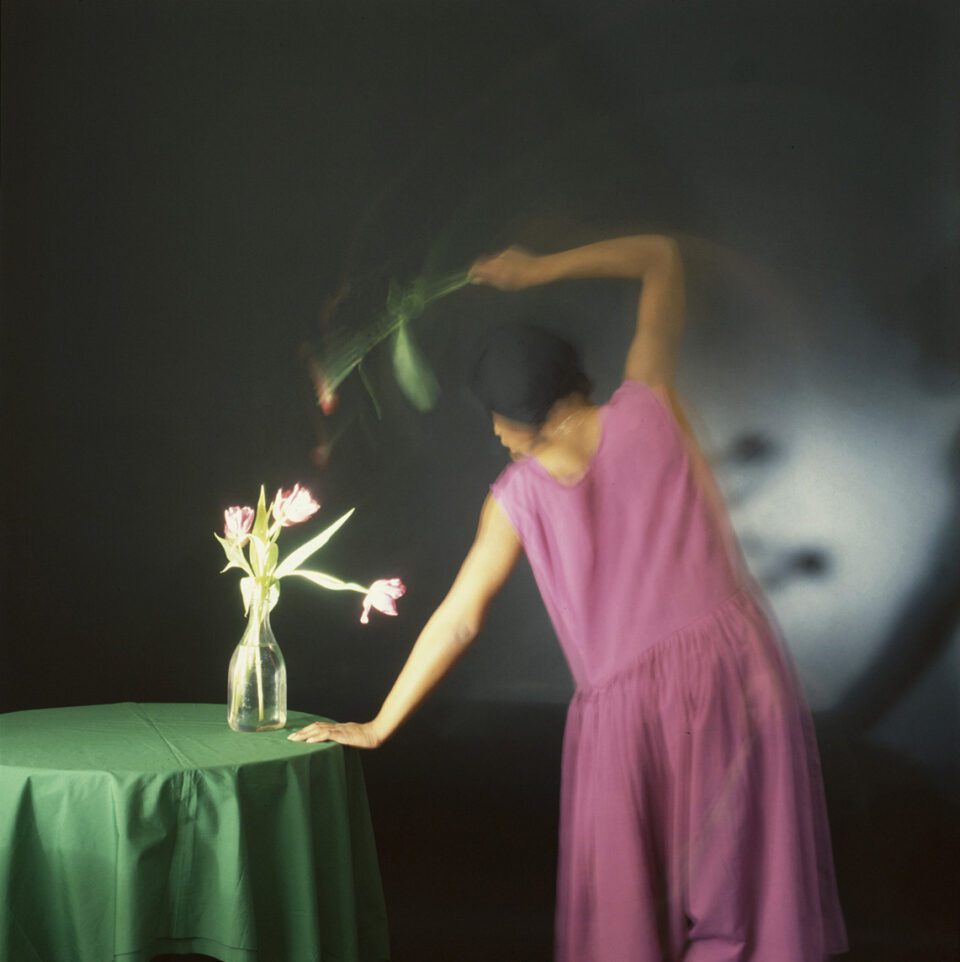
Over two decades, Frieze has demonstrated that influence is more than visibility or sales. It shapes taste, catalyses networks and demonstrates what is possible when ambition, curation and vision converge. The fair has opened doors for generations of artists, encouraged experimentation and ensured that London remains central to the global conversation. As Frieze London enters its public days, the energy is palpable. Collectors negotiate deals, curators discover emerging talent, and audiences engage with new ideas. The fair is not merely an event – it is a cultural engine that reminds us how art circulates, evolves and inspires.
Frieze has changed what we expect from contemporary art. It has shown how vision, ambition and courage can radiate outward, shaping cities, careers and cultural conversations. For one week, the world turns to London – but the effects are felt long after the tents are packed away, proving that Frieze is as much about influence as it is about exhibition, and as much about possibility as it is about commerce.
Frieze London, Frieze Masters and Frieze Sculpture
Regent’s Park from 15-19 October | frieze.com
Words: Anna Müller
Image Credits:
1. Joy Gregory, Magenta and Green, In Conversation, (1985). Image courtesy Huxley-Parlour. Frieze Masters 2025, Stand S22.
2. Peter Hujar, Mario Montez Backstage at the Palm Casino Revue, 1974. Vintage gelatin silver print, 34 × 34 cm. © The Peter Hujar Archive, LLC. Courtesy: Pace Gallery. Frieze Masters 2025, Booth F7.
3. Joy Gregory, Magenta and Green, Leaving the Space, (1985). Image courtesy Huxley-Parlour. Frieze Masters 2025, Stand S22.
4. J.D. Okhai Ojeikere, Untitled (Mkpuk Eba) 1974, printed 2012. © reserved. Tate. On view as part of Tate Modern’s Nigerian Modernism.
5. Joy Gregory, Magenta and Green, Dancing with Tulips, (1985). Image courtesy Huxley-Parlour. Frieze Masters 2025, Stand S22.


